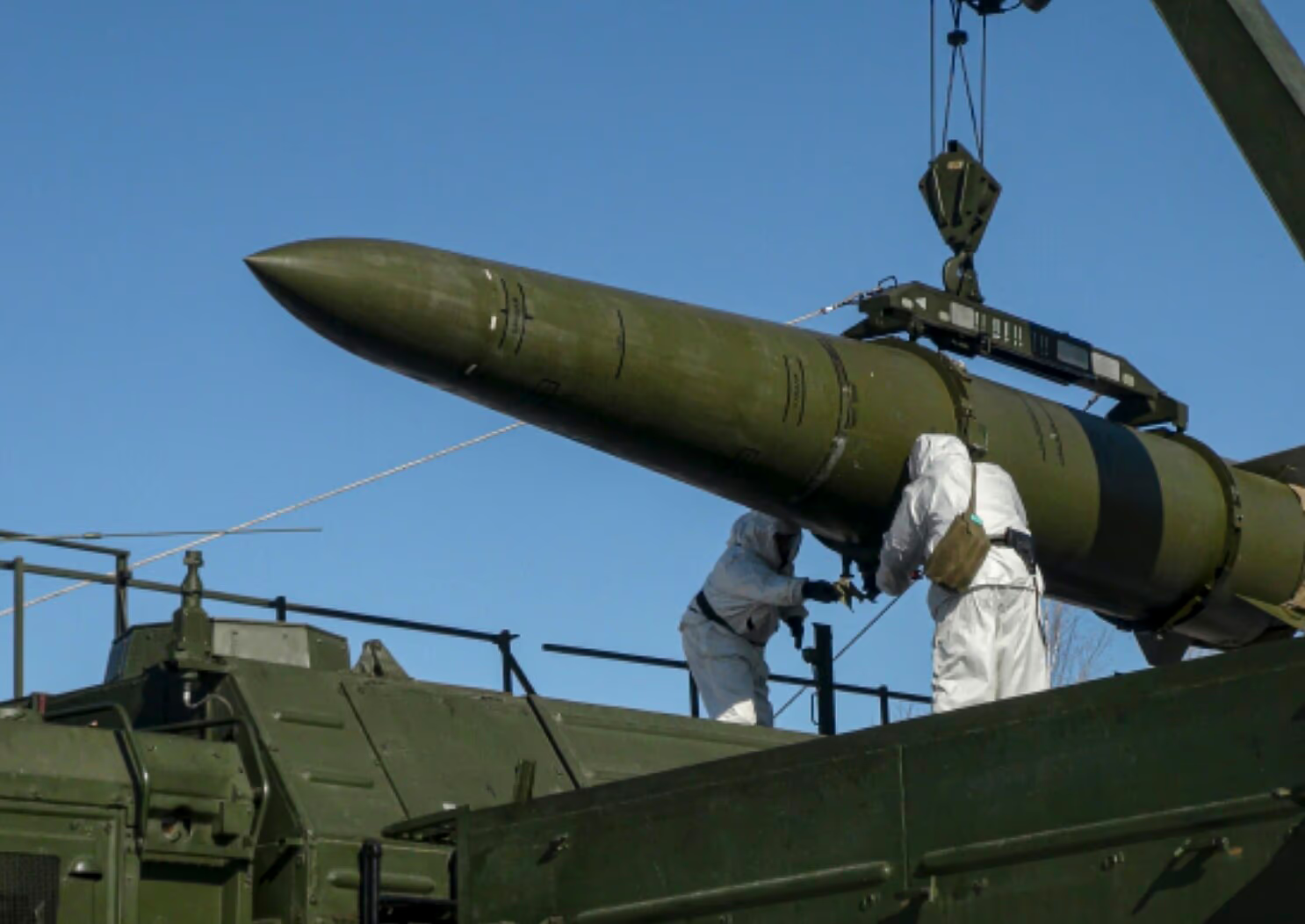A new report by the Stockholm International Peace Research Institute (SIPRI) shows that 2024 marked yet another step toward a more unstable and militarized world. Global security continues to deteriorate, military spending is breaking records, and nuclear deterrence is once again turning into a competitive arena.
According to SIPRI, the number of countries experiencing armed conflict dropped slightly from 51 to 49—but this is no cause for optimism. The total number of deaths, by contrast, rose sharply—from 188,000 to 239,000—making 2024 the deadliest year since 2018. Among the largest conflicts, the institute cites the wars in Ukraine and Gaza, as well as civil wars in Sudan, Myanmar, and Ethiopia.
The figures on global military spending are equally striking: in 2024, it reached $2.7 trillion—the highest level ever recorded. This marks the tenth consecutive year of growth. Since 2015, spending has increased in every region of the world, with the sharpest rise in Europe, where expenditures surged by 83%. Asia and Oceania recorded a 46% rise; the Americas and the Middle East, 19% each; and Africa, 11%.
The United States remains the top military spender ($997 billion), followed by China ($314 billion) and Russia ($149 billion). Together, these three countries form the core of a new arms race, particularly evident amid rising tensions and overlapping crises across multiple continents.
The SIPRI report underscores a troubling trend: rather than addressing the root causes of conflict, states are increasingly preparing for the next one.
A new nuclear arms race is no longer theoretical. According to the latest report from the Stockholm International Peace Research Institute (SIPRI), as of early 2025, the world’s nine nuclear-armed states—from the U.S. to North Korea—possessed approximately 12,241 warheads, nearly 2,100 of which are maintained in a state of high operational readiness. For the first time in decades, global nuclear arsenals may be poised to grow.
A critical turning point has already emerged: the New START treaty between the United States and Russia, which expires in 2026, is unlikely to be renewed, according to SIPRI experts. It had served as the last pillar of bilateral strategic arms control. Today, as SIPRI Director Dan Smith notes, "bilateral arms control entered a crisis several years ago and is now all but defunct."
Russia and the U.S. still hold 90% of the world’s nuclear warheads. While the post–Cold War era saw a steady decline in arsenals—largely through dismantling outdated stockpiles—the current trajectory is reversing: the deployment of new systems is outpacing the retirement of old ones. In November 2024, Russia expanded its nuclear doctrine, making potential use scenarios more flexible—and less predictable.
SIPRI experts also highlight a technological shift: artificial intelligence, cyberweapons, satellite systems, and quantum computing are reshaping traditional notions of nuclear deterrence. In this environment, the relative stability of the bipolar era is steadily fading into history.
Hans Kristensen, SIPRI’s lead analyst on weapons of mass destruction, observes: "The era of nuclear disarmament that began with the end of the Cold War is coming to a close. We’re seeing a clear trend toward expanding arsenals, more aggressive rhetoric, and a retreat from arms control agreements."
The report also highlights the shifting political landscape: with Donald Trump’s return to the White House, a familiar paradox of his first term is reemerging—none of the three major powers (the U.S., Russia, or China) appears committed to upholding the existing global order. All three are increasingly inclined to abandon constraints that no longer serve their strategic interests.
A world without rules but with expanding arsenals—that is the security architecture the SIPRI report foresees.
